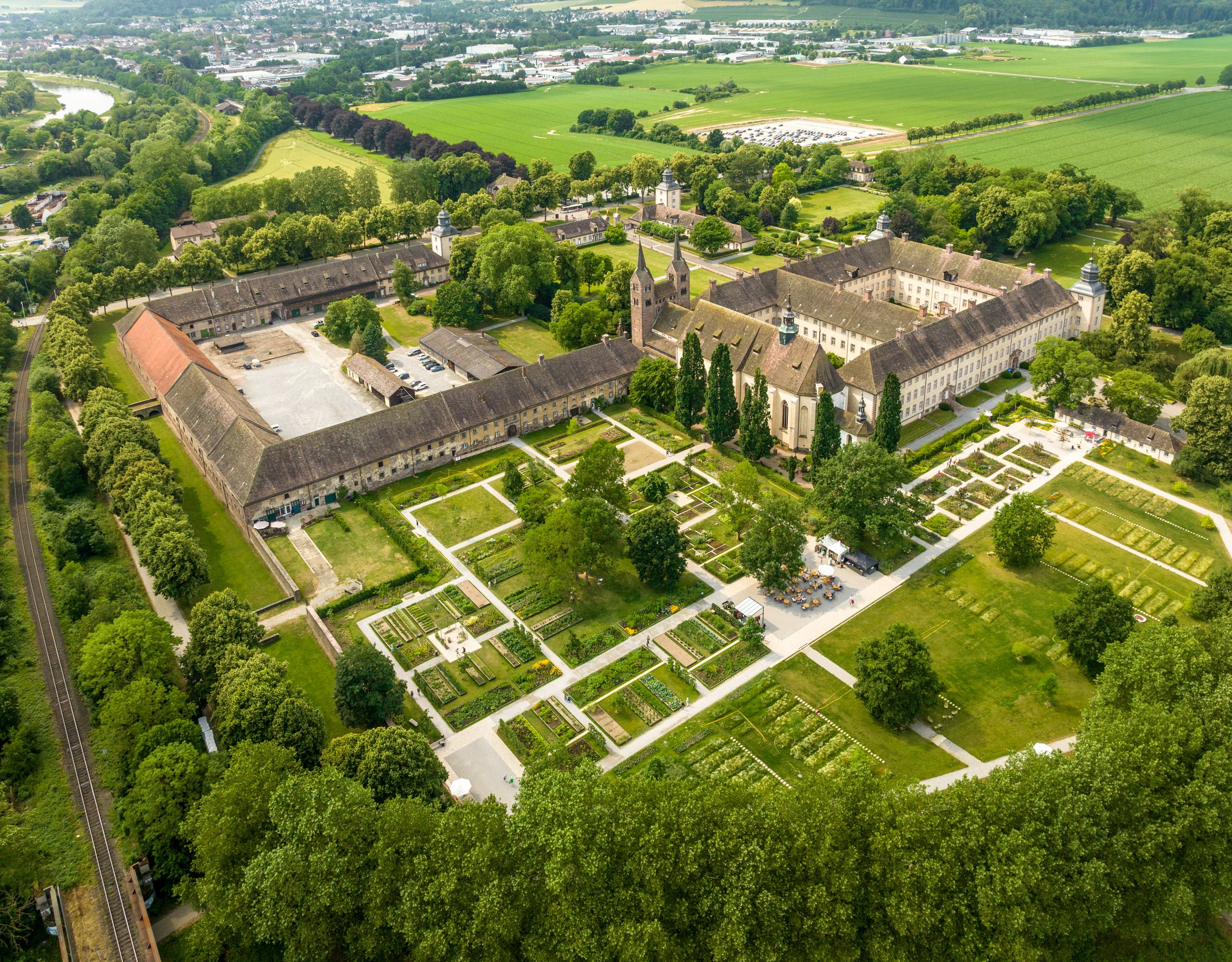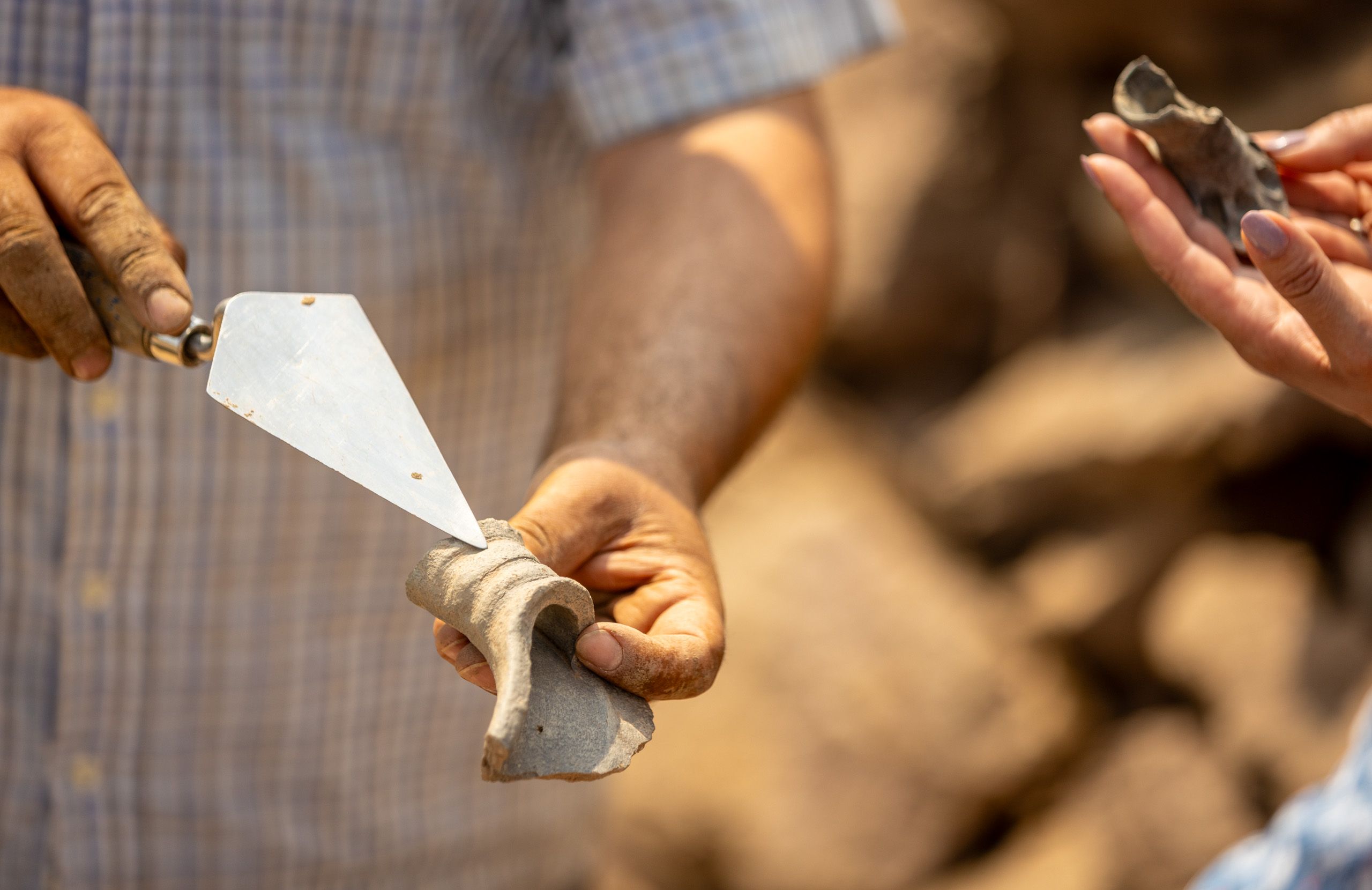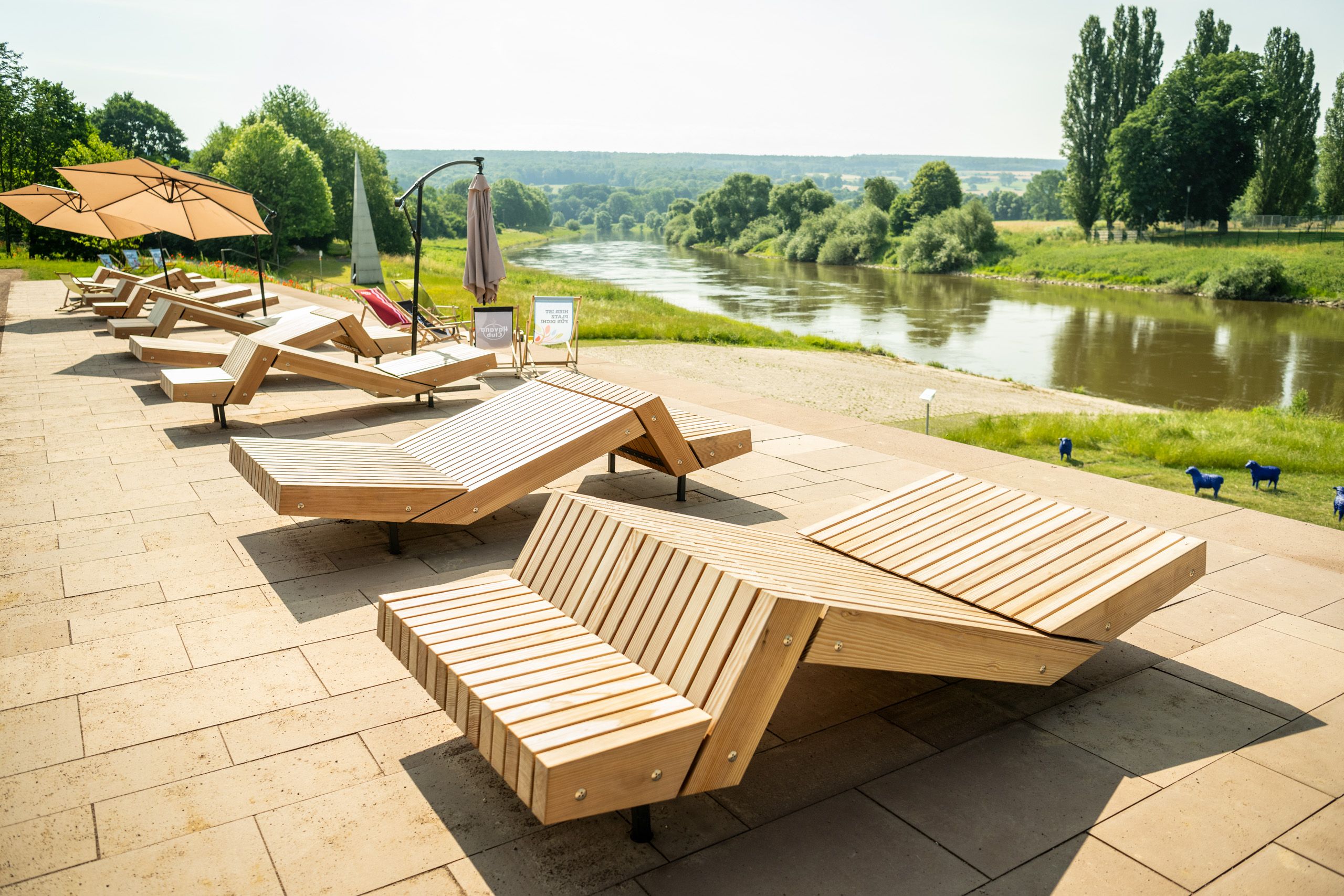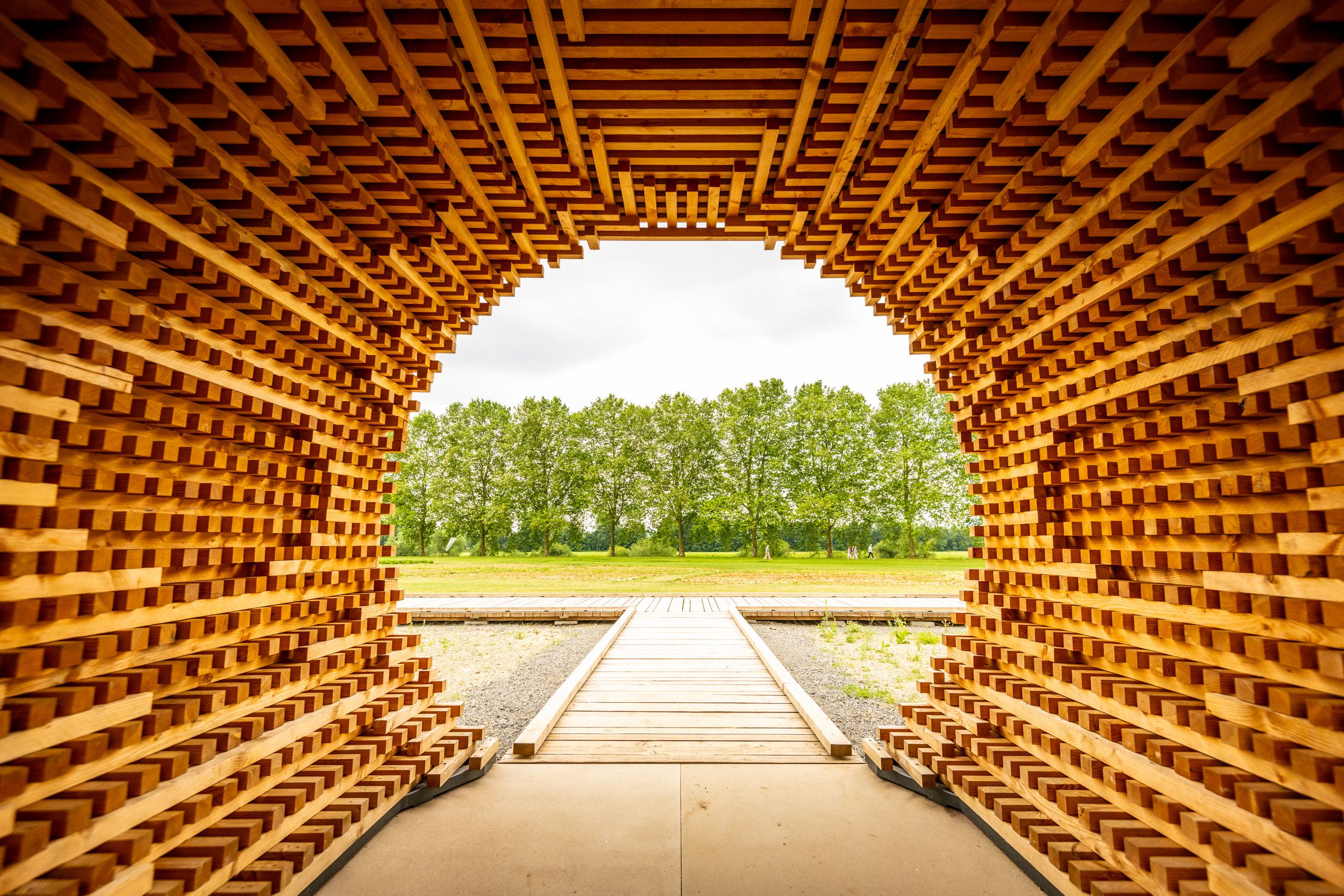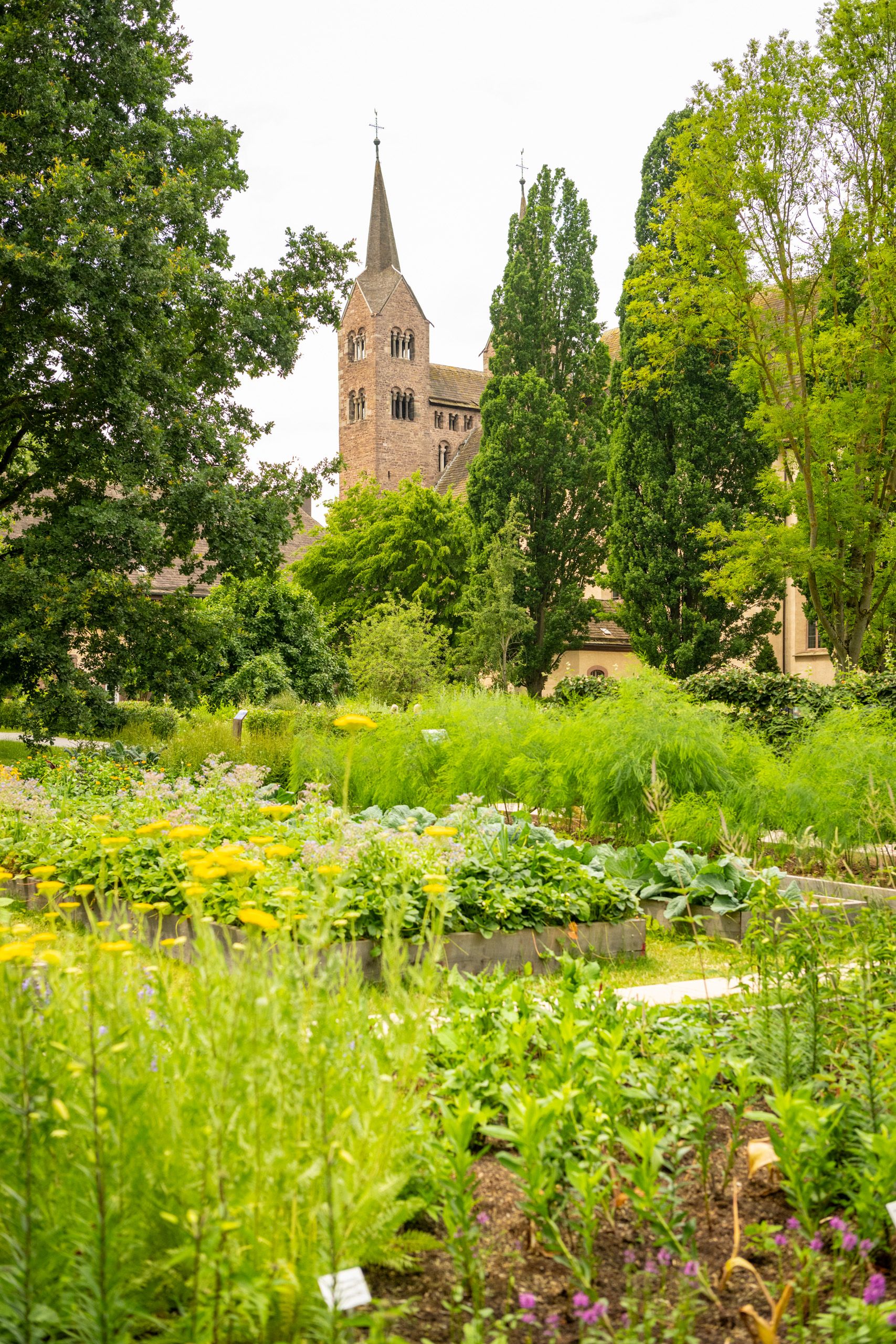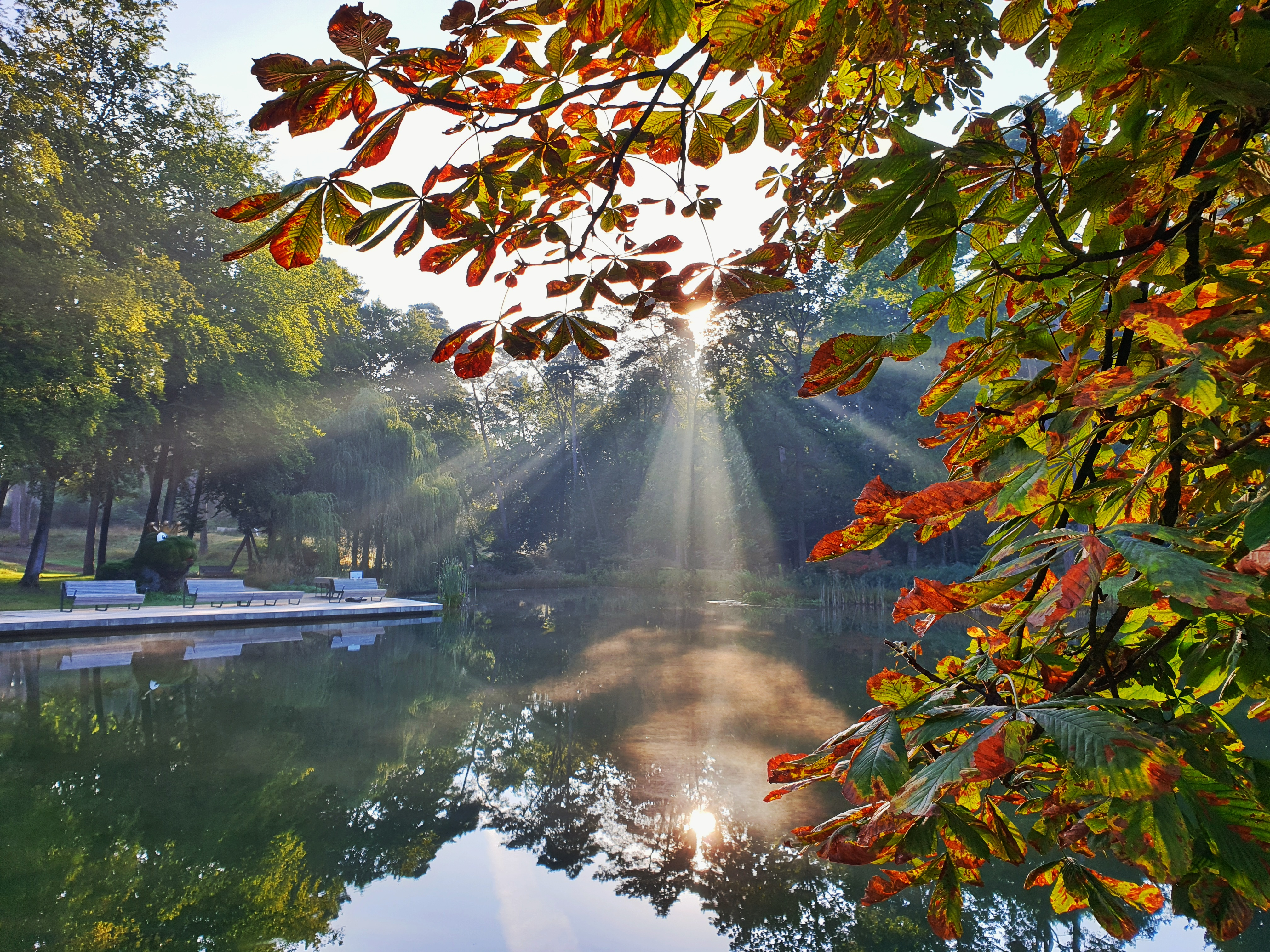The Huxarium Garden Park Höxter is an impressive example of how a former state garden show site can be transformed into a permanent landscape to discover: Since the exhibition, the area, which attracted around 622,000 guests to the idyllic town on the eastern edge of the Teutoburg Forest in 2023, has continued to develop - into a blossoming paradise, an archaeological treasure trove and a recreational zone for travelers from near and far.
It connects the historic town center of Höxter with its many half-timbered houses, pretty Weser Renaissance buildings and flower-lined town walls with the UNESCO World Heritage Site of Corvey. Along the way are three large playgrounds, the Weserscholle viewing and resting point with a meadow and creation garden, the colorful Tagliliental valley on the banks of the Weser and the archaeology park, which is well worth a visit and features an excavation field, an energy garden and the "Colorful Classroom" learning site.
In the archaeology park, visitors can trace the history of the lost monastery town of Corvey during live excavations. The settlement was burned down in the night from July 15 to 16, 1265 by armed units of the Paderborn bishop Simon zur Lippe, Corvey ministerials and the citizens of Höxter, as the economic competition was becoming too great for the people of Höxter at the time. The park makes it possible to experience the desolation in the ground digitally. Using augmented reality technology, buildings and objects from the past appear on the cell phone display at five stations. For example, the once sunken market church shows its full splendor between today's green meadows. App users encounter a horse-drawn carriage on the Hellweg long-distance trade route of the early and high Middle Ages. The house of the famous medieval surgeon, the so-called "Surgeon of the Weser", can also be visited with just one click. Audio plays about the individual locations round off the experience in architecturally designed wooden cubes.
Remtergarten in the shadow of the Westwerk
"Beautiful here. Come and see again!" The Huxarium in the NatureGardenForum of the archaeology park also remains true to the former garden show motto: wild shrubs and ornamental garden elements rise up from the ground alongside large dead wood and stone formations. Wild bees, butterflies and bumblebees buzz through the air. Various orchid species and plants such as the Carthusian carnation, wild card and purple loosestrife have found their home here. Nature lovers can discover something new at every turn.
However, the definite highlight for them is the subsequent visit to the Remtergarten, which is located directly at the foot of the baroque church of the former Benedictine monastery of Corvey. It is divided into a rose and fragrance garden, medicinal plant garden, the so-called "Corbie garden", a kitchen garden cabinet, a field of rare trees and the geophyte meadow. If you stroll along the grid-like paths, you will discover a sea of daffodils, bluebells and prairie lilies in one corner and edible flowers such as dahlias, wild mallow and Indian nettles in another, depending on the season.
Widukind Opera 2025
A visit to the Huxarium is worthwhile all year round, especially in the summer months when events such as a plant market, the asparagus mile or a medieval festival offer an additional reason to travel. Opera fans can even look forward to a production of an early medieval story in August 2025, which revolves around the Saxon nobleman "Widukind", who led the pagan Saxons in their guerrilla warfare. The Via Nova Art Festival runs from August 29 to September 14, 2025 and follows on from the Widukind opera. It is an annual cross-spatial festival featuring literature, music, philosophical reflections and discussions. In 2025, it is thematically dedicated to Cicero's thoughts on the meaning and purpose of a successful life. Concerts at the Weser School round off the annual program at the Huxarium.
